| Wednesday, November 16, 2022 | |
Session 1: Updates from the Semiconductor Back-End Assembly Market in Europe |
|
| 08:30 | Welcome Note |
Cassandra Melvin, Senior Director of Business Development & Operations, Semi Europe Welcome Note
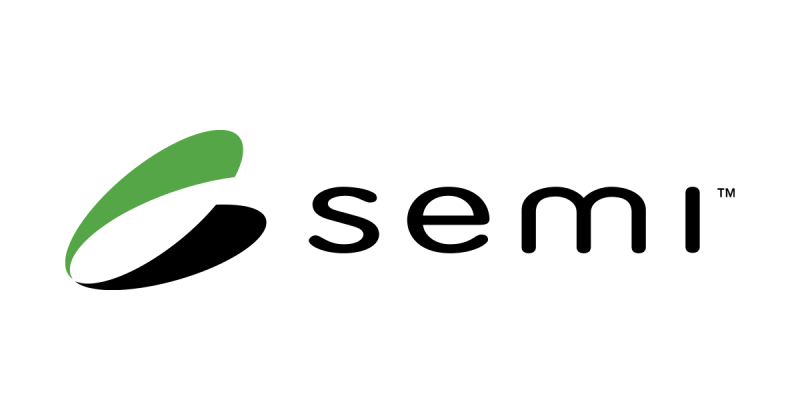 Abstract Biography |
|
| 08:35 | Opening Remarks |
Steffen Kröhnert, President & Founder, ESPAT-Consulting Opening Remarks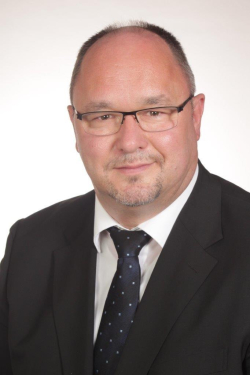
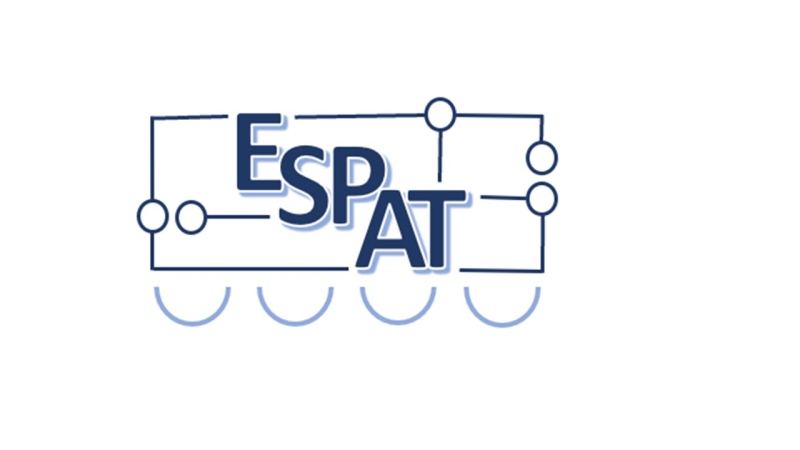 Abstract Biography |
|
| 08:40 | Keynote |
Building Europe’s Digital Future - A Pan European Investment |
|
Frans Scheper, Corporate Vice President in the Sales and Marketing Group General Manager and President EMEA, Intel Corporation Building Europe’s Digital Future - A Pan European Investment
 Abstract Biography |
|
| 09:05 | Keynote |
Semiconductors for Software Defined Vehicles |
|
Leopold Beer, VP Product Management ASIC's & SOC's, Robert Bosch GmbH Semiconductors for Software Defined Vehicles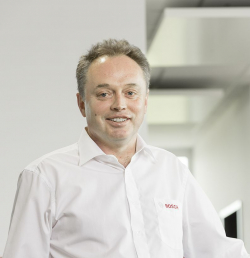
Abstract Biography |
|
| 09:30 | Keynote |
Amkor Activities in Portugal and Overall Trends in Europe |
|
José Silva, Vice President of Operations & R&D, Amkor Technology Europe Portugal (ATEP) Amkor Activities in Portugal and Overall Trends in Europe
Abstract Biography |
|
| 09:55 | Coffee break |
Session 2: 3D Packaging Trends, Design and Assembly |
|
| 10:25 | Opening Remarks |
Roland Rettenmeier, Senior Product Marketing Manager, Evatec AG Opening Remarks
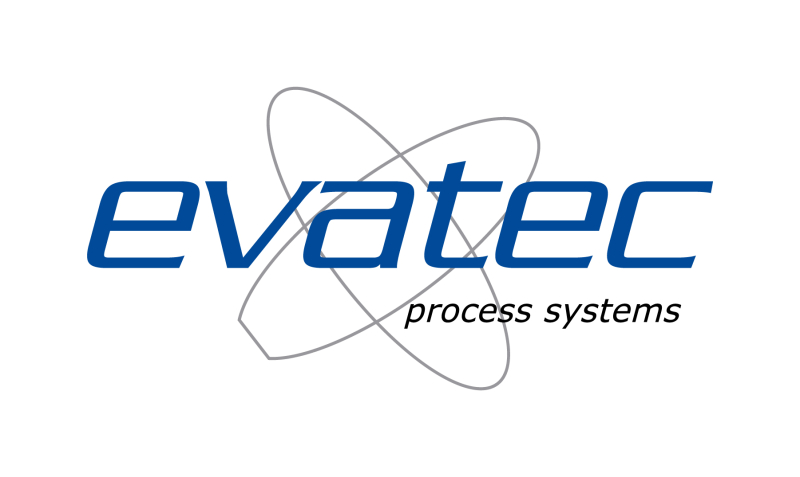 Abstract Biography |
|
| 10:35 | Keynote |
Advanced Packaging: Enabling a New Generation of Silicon Systems |
|
Yin Chang, Sr. Vice President, Sales & Marketing, ASE, Inc. Advanced Packaging: Enabling a New Generation of Silicon Systems
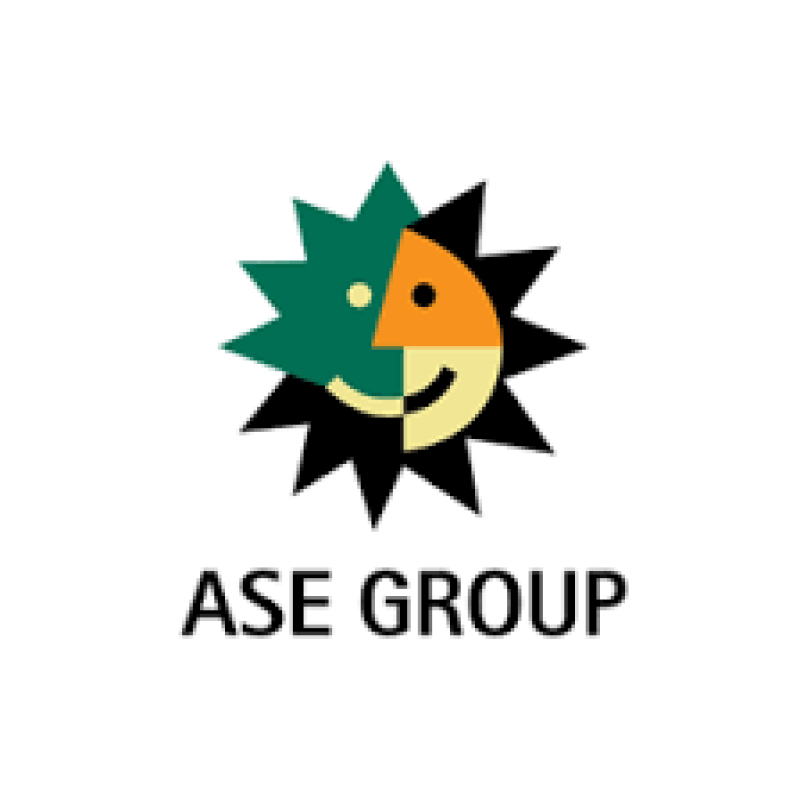 Abstract Biography |
|
| 11:00 | Complete LVS verification methodology and process for complex System-In-Package assemblies |
Raphael Theveniau, CAD Support Senior Staff Engineer, ST Microelectronics Complete LVS verification methodology and process for complex System-In-Package assemblies
 Abstract Biography |
|
| 11:25 | Ultra-fine pitch Die bonding approaches with Cu interconnects for high-performance 3D IC packages |
Ali Roshanghias, staff scientist, Silicon Austria Labs GmbH Ultra-fine pitch Die bonding approaches with Cu interconnects for high-performance 3D IC packages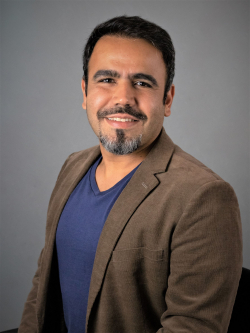
 Abstract Biography |
|
| 11:50 | Optimization of the Cu Microstructure to Improve Cu-to-Cu Direct Bonding for 3D Integration |
Ralf Schmidt, R&D Manager Semiconductor, Atotech Optimization of the Cu Microstructure to Improve Cu-to-Cu Direct Bonding for 3D Integration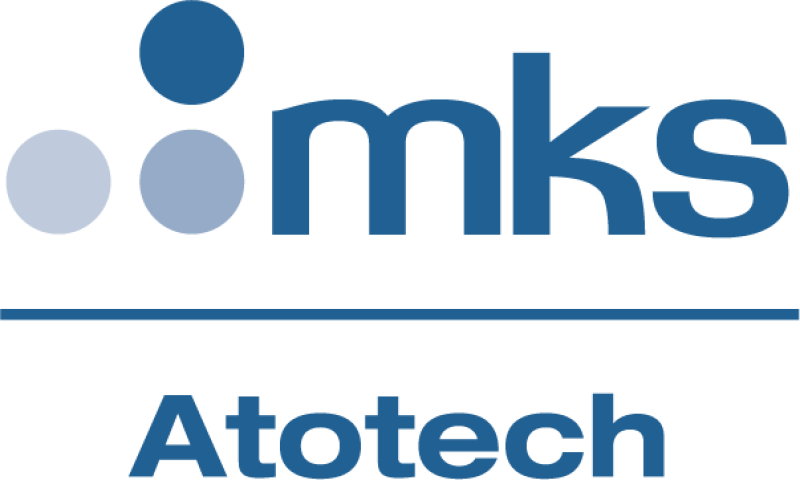 Abstract Biography |
|
| 12:10 | Lunch break |
| 12:10 |
Posters at break out area |
Ultra low-temperature silver sintering materials for substrate-based power applications |
|
Rui-Xuan Dong, Project Leader, Niching Industrial Corp. Ultra low-temperature silver sintering materials for substrate-based power applications Abstract Biography |
|
| 13:10 | Gaming with ASE – Your chance to win AirPods Pro! |
| Thanks to our sponsor, ASE, we will be giving away three AirPods Pro sets in the APC at 13:40! | |
| 13:15 | Panel Discussion: Future of semiconductor manufacturing in Europe: Back –end Packaging and Test |
Session 3: Advanced Packaging Materials and Reliability |
|
| 13:40 | Opening Remarks |
Pascal Oberndorff, Research Director, NXP Opening Remarks
 Abstract Biography |
|
| 13:50 | Keynote |
Semiconductor Packaging Materials Enabling Advanced Flip-Chip and Heterogeneous Integration |
|
Ramachandran Trichur, Global Head of Semiconductor Packaging, Henkel Corporation Semiconductor Packaging Materials Enabling Advanced Flip-Chip and Heterogeneous Integration
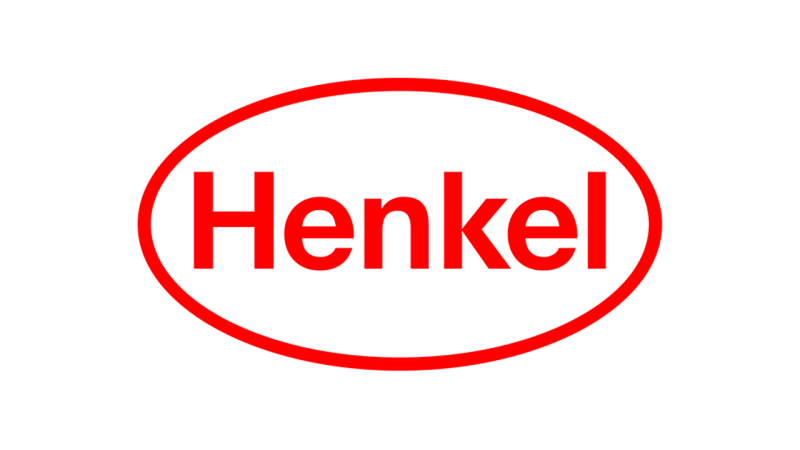 Abstract Biography |
|
| 14:15 | GlobalFoundries 22FDX® Auto grade 1 Chip Package Interaction Reliability Assessment |
Simone Capecchi, MTS Reliability, GlobalFoundries GlobalFoundries 22FDX® Auto grade 1 Chip Package Interaction Reliability Assessment
 Abstract Biography |
|
| 14:40 | Reliability Characterization of Silver Sintering for Die Attach Applications |
Edsger Smits, Program Manager, CITC Reliability Characterization of Silver Sintering for Die Attach Applications
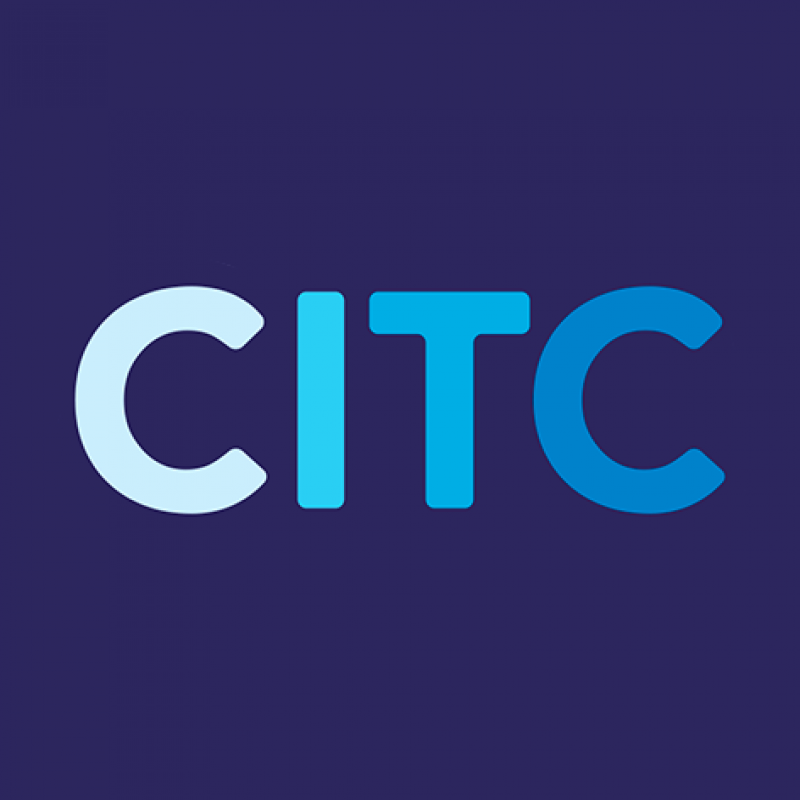 Abstract Biography |
|
| 15:05 | HFBP as a New and Better Approach to DFN |
Mark Azzopardi, Business Development Engineering, JCET HFBP as a New and Better Approach to DFN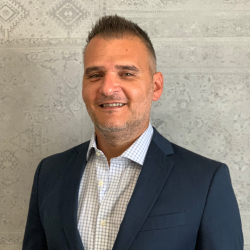
 Abstract Biography |
|
| 15:30 | Coffee break |
Session 4: System-in-Package Trends, Assembly and Test |
|
| 15:55 | Opening remarks |
Roberto Antonicelli, Automotive BU, JCET

Biography |
|
| 16:00 | Keynote |
Innovative Sensor Packaging in Europe |
|
Bernhard Knott, Head of the Infineon Technologies Backend Innovation Group, Infineon Innovative Sensor Packaging in Europe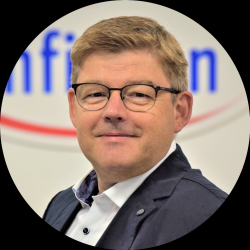
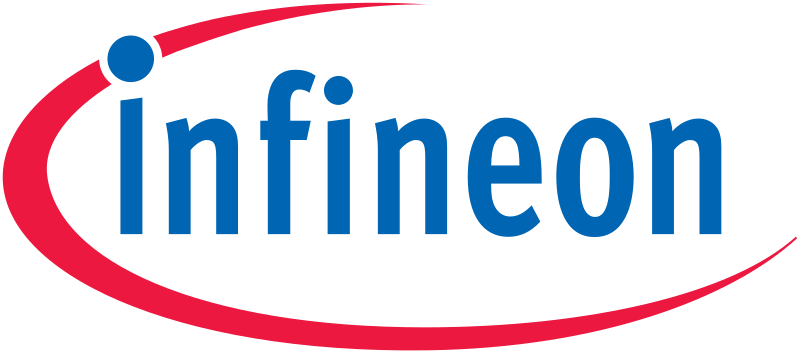 Abstract Biography |
|
| 16:25 | Impulse Printing™: Enabling 3D Printed Interconnects for Volume Production |
Rob Hendriks, Program Lead, Holst Centre / TNO Impulse Printing™: Enabling 3D Printed Interconnects for Volume Production
Abstract Biography |
|
| 16:50 | The Challenges in Testing Small and Highly Integrated Devices in a Massive Parallel Test System |
Markus Wagner, Engineering Manager - Interface Solutions Group, Cohu The Challenges in Testing Small and Highly Integrated Devices in a Massive Parallel Test System Abstract Biography |
|
| 17:15 | Applying 3D Moiré interferometry measurement to semiconductor packaging applications |
Axel Lindloff, Senior Process Specialist Pre-Sales, Koh Young Europe GmbH Applying 3D Moiré interferometry measurement to semiconductor packaging applications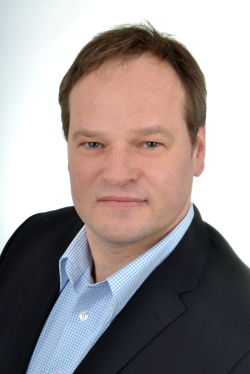
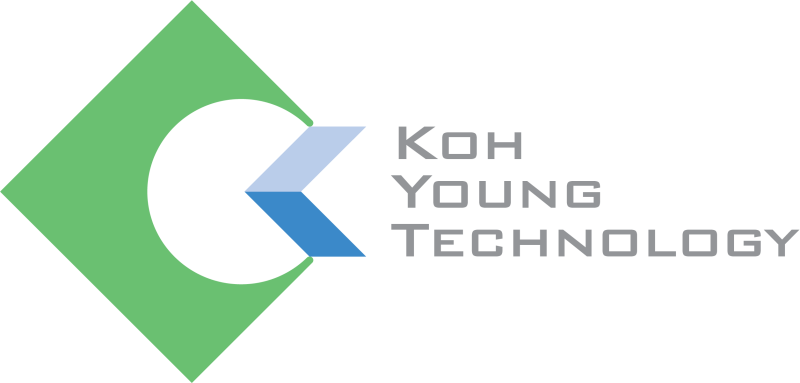 Abstract Biography |
|
| 17:35 | The Future of Advanced Packaging Inspection is X-ray! |
Isabella Drolz, VP Product Marketing, Comet Yxlon The Future of Advanced Packaging Inspection is X-ray!
Abstract Biography |
|
| 17:45 | Key Takeways from Session Chair |
Roberto Antonicelli, Automotive BU, JCET

Biography |
|
| 17:50 |
Lucky Draw Sponsored by Comet – Your chance to win an iPad Pro! |
| 18:00 | Networking Reception for Conference Participants |